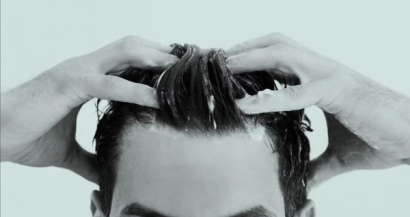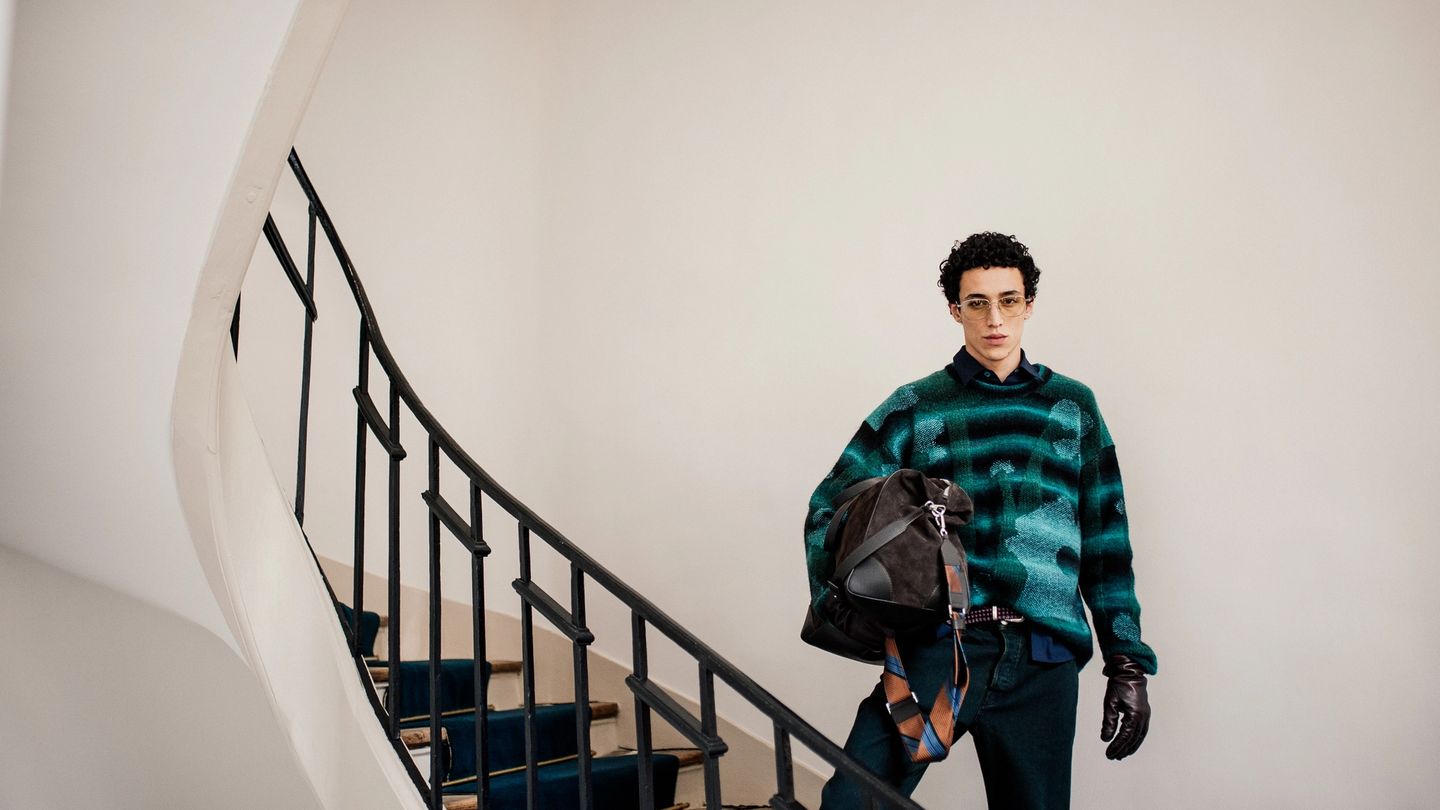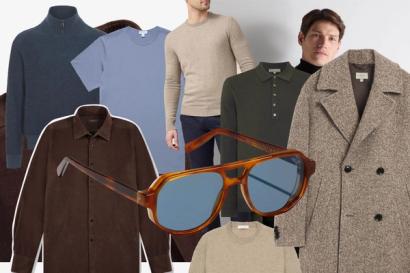

Instead of his usual catwalk show, Sir Paul Smith staged a presentation at the British company’s Paris headquarters during the city's fashion week, where he guided those in attendance through his Autumn/Winter 2025 collection himself. He wanted to get down with the people who had come out to support him. Last summer he showed via presentation again as a guest designer at Pitti Uomo, saying at the time: "I think the world’s gone a bit mad with these shows everywhere around the world."
A lover of photography since childhood, Smith has long drawn inspiration from the world of still images, and he wanted to focus on that for his latest collection. "My dad was an amateur photographer and he took pictures for his own personal use," Smith told us ahead of the presentation, explaining that during the 1960s his father was the founder of an amateur camera club in Beeston, just outside Nottingham. "They’d do little lectures every Thursday and they were very interested in photographers that were doing things differently back then."
Those 20th century photographers that piques his father's interest were David Bailey (who had spoken at his father’s camera club), Terence Donovan, Saul Leiter and William Eggleston. "My dad was interested in them as usually shoots were done in studios, and these photographers went against the grain and shot outside on the street," Smith explains. "I looked at the wardrobes of those photographers and that's what shaped this collection."
More relaxed and juxtaposed in its styling, Smith says that the collection is a reflection on the rebellious nature of people in the 1960s. Traditional tailoring fabrics such as herringbone is tumbled to give it a lived in effect, while contrasting fabrics are positioned side by side and Houndstooth and Prince of Wales patterns are eye-catching and blown up. "It was the era of the second generation after the horror of war, and people were able to do things differently. Bailey was like why do we always have to work in studio - Cecil Beaton and those before were very fixed in their ways - and at the same time casual clothing came to the fore. Before that every male human being wore a suit."
This is nodded to throughout the collection, whether with the use of denim - "in the sixties denim which was used as workwear in America was picked up by young groovy people and was worn for fun and not work" - or the almost-dishevelled styling of shirts being worn untucked and hanging out from under knits. Most looks have no shoulder pads and no interlining, which is inspired by the move away from tailoring in the 1960s, while standout pieces include a coat cut from the aforementioned herringbone and a leather jacket worn atop a printed shirt, all of which is inspired by Smith's father's own photography. "Where you see print, it’s all to do with my dad’s photographs," he says. "People had the opportunity to wear more relaxed clothing and people didn’t want suits that were structured. They wore their clothes in rebellion, pairing flight jackets and jeans."
A focus for the season is the ‘Field Flower’ print, which is realised as a vivid photo-print on shirts and ties, as well as woven into jacquard knitwear. Again, this was taken from photographs that Smith's father had taken.
Even down to the shoes, Smith was inspired by his dad's documentation of the 1960s: every look in the collection has been completed with a pair of chunky Derbies. "No one wore trainers back then," he explains. "The only casual footwear was a gym shoe, or a tennis shoe, so you always wore quite traditional shoes in a new way in that decade. The shoes in this collection look quite heavy - a Derby with a double sole, but there’s no weight to them."
Meanwhile, Smith unveiled a secret collaboration with Barbour, which comprises a series of its famous wax jackets that are punchy in design and melded the two British brands together. "They’re very Paul Smith in the way we’ve mixed up colours and details, adding patchworks here and there," Smith says. "One jacket has birds on the checked lining and one has cows. A little tongue in cheek and kitsch, in the traditional Paul Smith way, but a nice nod to Barbour as it is so associated with the countryside so birds and cows make sense. Going back to the inspiration from the photographers though - when they’d shoot outside they’d wear decent outerwear and Barbour is just that."
When asked about his own wardrobe in the 1960s, Smith might as well point at the collection he's just presented. "I was wearing Levi’s that you couldn’t get anywhere in the whole country apart from one shop on Shaftsbury Avenue, with a lack polo neck - that was my Bohemian espresso bar period," he says, laughing. "Two years layer in 1967 I went hippy with longer hair, floral shirts and a velvet jacket. The upper class were getting jackets made from their grandma’s curtains, especially the Chelsea Dandies, just to be different."
Now read about the Milan Fashion Week Autumn/Winter 2025 collections
Become a Gentleman’s Journal member. Find out more here.


